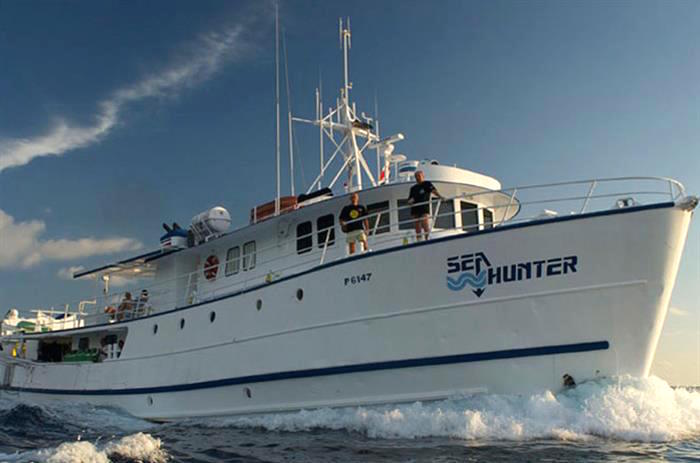COSTA RICA
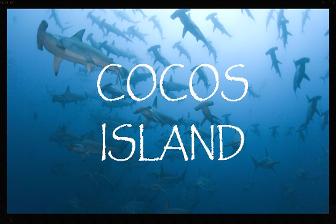
Costa Rica ("rich coast" in Spanish) lies between Nicaragua to the north, Panama to the southeast, the Pacific Ocean to the west and the Caribbean Sea to the east. The country is often referred to as the Switzerland of Central America due to it's comfortable lifestyle, peaceful democracy and it's compelling natural beauty.
Costa Rica is one of the world's prime eco-tourism destinations being one of the most biodiverse areas on the planet. The nation shelters 5% of the world's existing biodiversity. Its wide range of habitats, ranging from rainforests and beaches to volcanoes and mangrove swamps, support a fascinating variety of wildlife, with over 25% of its habitats now protected by a national conservation system.
Tourism revenue is one of the reasons Costa Ricans – or Ticos, as they are generally known – now enjoy the highest rate of literacy, health care, education and life expectancy in the Central American isthmus. Costa Rica's richness also lies on the cultural diversity of the people.
The country's population is largely of Spanish origin, although there is a substantial community of English-speaking Costa Ricans of African origin around the Caribbean coast, along with 65,000 or so indigenous peoples.
People of Asian ascendance, as well as people from the American continent have interacted among them, enriching the cultural backgrounds in the process. A visit to Costa Rica will have you experiencing "la pura vida" - the pure life or real living!
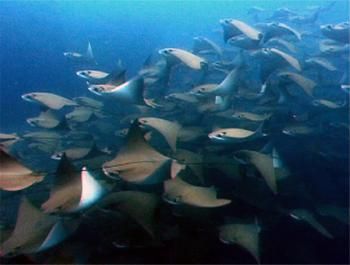
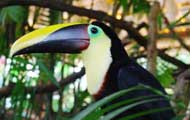
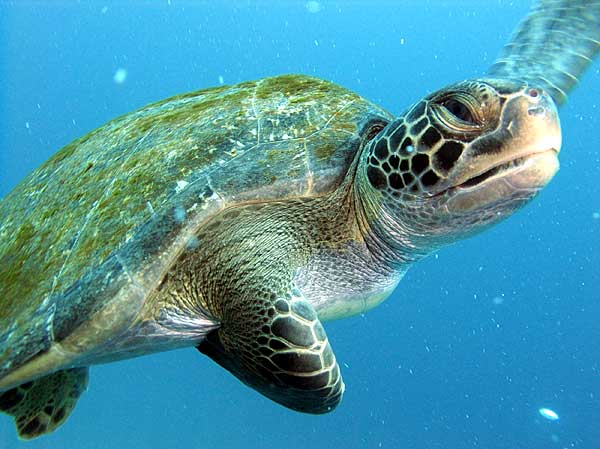
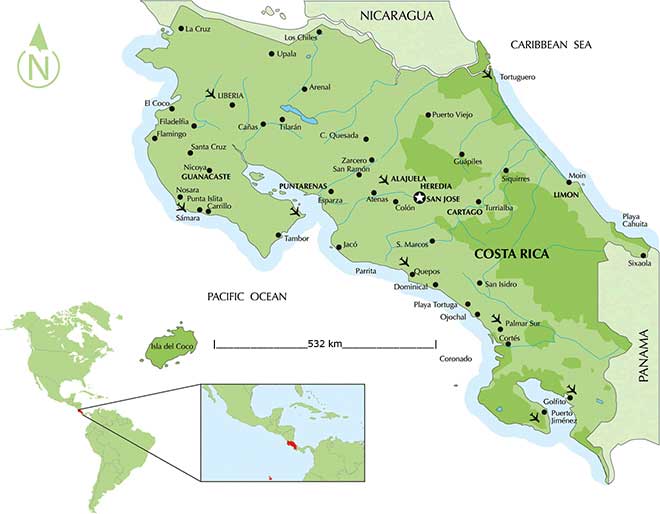
How to Dive Cocos
The only way to get to the island is aboard one of the comfortable and professional Costa Rican liveaboard dive boats that operate in the area from the Pacific town of Puntarenas. Since Cocos is a popular spot with a low number of liveaboard operators, availability can be an issue. We recommend you book 12 months in advance to avoid disappointment.
Depending on conditions at sea, the boat trip from the Costa Rican mainland usually takes about 36 hours cruise time. So you will have more than enough time to get to know your fellow passengers and prepare your equipment as well as catch up on any R&R you may need before the fun diving at Cocos begins. This makes for a unique situation where the tourists are almost exclusively divers.
Reef Summary
Good for: Large animals, hammerheads, and advanced divers
Not so good for: Wrecks, beginners, non-diving activities, and small animals
Depth: 10 - >40m
Visibility: 12 - 30m
Currents: Moderate to very strong
Surface conditions: Can be rough and choppy further from shore
Water temperature: 24 - 30°C
Experience level: Advanced, mandatory surface marker buoy
Number of dive sites: ~20
Distance: 550 km west of Costa Rica
Access: Liveaboards
Recommended length of stay: 10 days
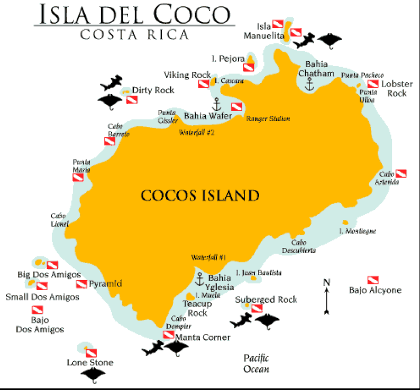
Dive Site Descriptions
Bajo Alcyone - is unparalleled as the place to see hammerhead sharks. After a quick descent to the seamount top at 25m, find a crevice to wedge into and the hammerheads will gently glide into the picture until they fill your entire field of vision! From viewing their distinct hammerhead silhouettes at the surface to watching them descend below you, you will be spoilt for choice with photo ops.
Dirty Rock - Made up of volcanic boulders and rock pinnacles rising just above the waves and separated by a sheltered 100m channel, this site is the most popular spot for diving at Cocos Island due to the sheer volume of hammerhead sharks and the incredible biomass of fish that congregate here.
Dos Amigos Grande - This site, being the larger of the 'Two Friends', is dominated by a magnificent arch in its southwest corner. Descend to 25m where you can marvel as the arch rises from a depth of 28m to 19m below the ocean's surface. The swim through is so large your whole dive group can fit through comfortably.
Dos Amigos Pequeña - Dropping into the strong surge on the west side and descending down onto the barren volcanic slopes at this remote spot, you can be forgiven for thinking that this site will not deserve a mention among the elite of the Cocos Island sites. However, think again. As you swim in an anti-clockwise direction, finning with the to-and-fro of the surge, you'll soon begin to note the star attractions. Most places in the world, Hammerhead sharks are extremely and rightly cautious of humans. However, dive at Cocos and you'll encounter a different side to their behaviour.
Everest - An undoubted highlight of your Costa Rica trip, or indeed your entire diving career, could be a truly unforgettable deep dive in a submersible craft. If there is availability and you have chosen to treat yourself then prepare for an unforgettable experience viewing the marine world through a large bubble at depths beyond which you have ever dived.
Manuelita Deep - Manuelita Island is a 150m long islet, lying to the north of Chatham Bay, off the northeast corner of Cocos Island. The deeper west side is one of the prime spots to dive with hammerhead sharks.
Manuelita Garden - Manuelita Island is a submerged mountain forming an islet to the north of Cocos Island, just out of Chatham Bay. The coral garden, otherwise known as Manuelita Inside, is located on the protected east side of the island and is likely to be the first site welcoming you to Cocos.
Punta Maria - is an underwater mountain lying 500m off the southwest coast of Cocos Island. It is a made up of a large crown at 25m surrounded by deeper sloping walls, and a couple of pinnacles rising to 20m to the north.
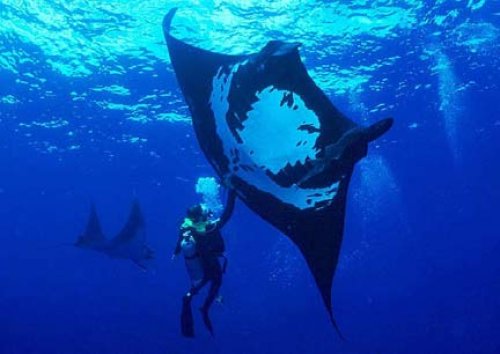
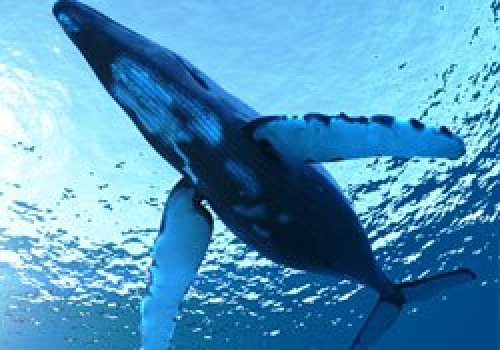
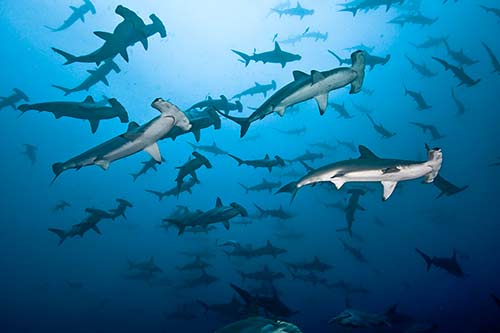
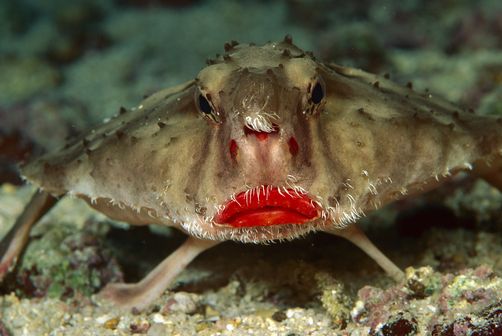
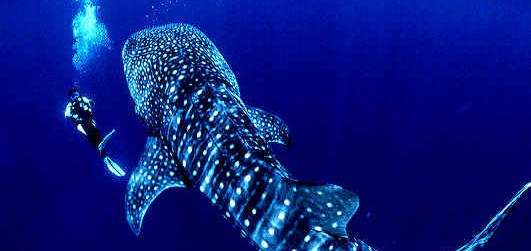
When to Travel to Cocos Island
The weather on Cocos Island is changeable with an average temperature of 25ºC and average annual rainfall of over 7 metres. The rain and sun intersperses throughout the day and does not affect the diving action.
The main factors affecting diving is the calmer seas between December to May during the dry season making for more pleasant surface conditions, higher visibility, warmer water and more active reproductive behaviour to be seen underwater.
However, during the 'rainy' season of June to November, the bigger fish and sharks such as the hammerheads, mantas and whale sharks are attracted to the higher concentration of plankton in the water caused by the nutrient up wells, making for some exciting diving. The trade off for all the action is poorer visibility, rough and windy surface conditions, stronger currents and cooler water.
Water temperature ranges between 22 - 28ºC and can vary dramatically, dropping 3 - 6ºC during a dive due to thermoclines. A full length 5mm wetsuit with the option of hood, gloves and boots is recommended.
